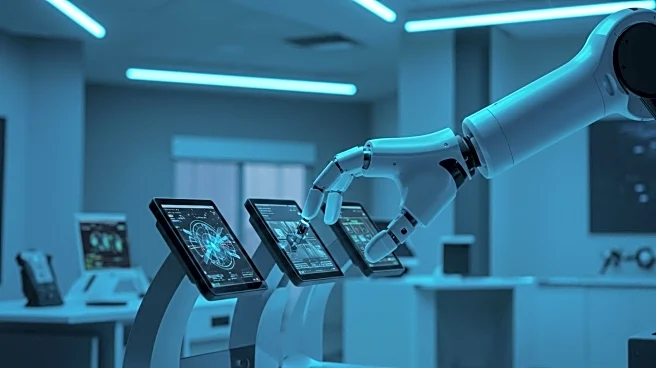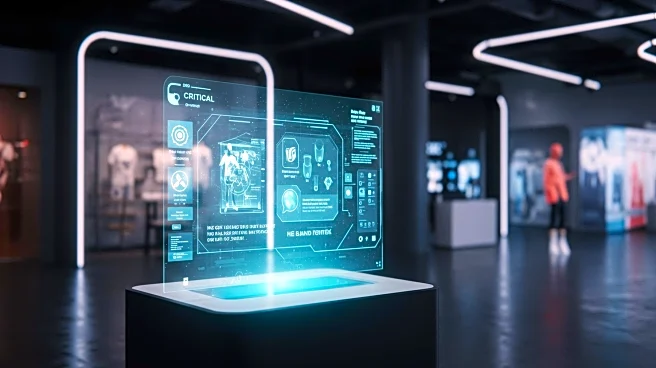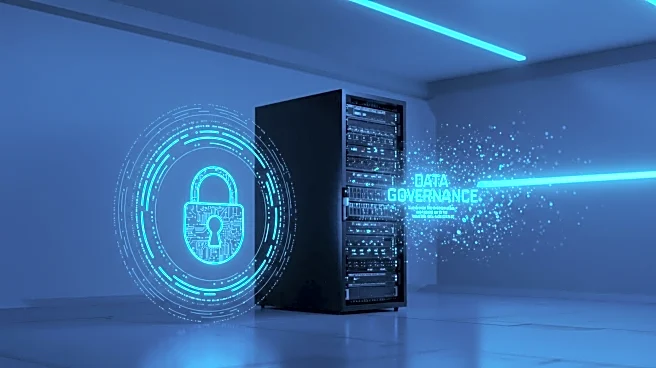What is the story about?
What's Happening?
Government agencies are increasingly turning to autonomous endpoint management solutions to bolster their cybersecurity defenses and maintain compliance. These solutions provide real-time, continuous monitoring of all devices, enabling fast detection, investigation, and response to potential threats. The approach emphasizes a human-centered methodology, where automation supports but does not replace human judgment. Key features include role-based access controls, integration with existing IT ecosystems, and a unified platform for security and IT data. The goal is to reduce risks, enable faster responses, and relieve burdens on IT and security teams, while ensuring that humans retain control over critical decision-making processes.
Why It's Important?
The adoption of autonomous endpoint management is significant as it addresses the growing complexity of cybersecurity threats faced by government agencies. With expanding IT environments and more sophisticated threat actors, traditional endpoint management solutions are no longer sufficient. By providing accurate, real-time data, these autonomous systems enhance the ability of security teams to make informed decisions quickly. This shift not only improves the resilience of government IT infrastructures but also ensures continuous compliance with regulatory standards. The approach also supports a culture of trust and shared accountability, empowering teams to transition from reactive to proactive security measures.
What's Next?
As government agencies continue to implement autonomous endpoint management solutions, they are likely to phase in these technologies through tiered implementations. This strategy allows for the testing of functionality and identification of friction points in controlled environments before full-scale deployment. Agencies will focus on automating high-burden, low-risk workflows initially, such as routine software updates, to build confidence and refine processes. The ongoing challenge will be to maintain a balance between automation and human oversight, ensuring that critical devices and workflows remain under human control to prevent potential risks.
Beyond the Headlines
The integration of autonomous endpoint management solutions raises important considerations regarding transparency and accountability in automated decision-making. Agencies must ensure that automated workflows are explainable and auditable to build trust in the technology. This requires clear governance frameworks and decision-making roles to be established. Additionally, sharing success stories and best practices across departments can foster a culture of knowledge sharing and motivation, further enhancing the effectiveness of these solutions.
AI Generated Content
Do you find this article useful?











